Reply To:
Name - Reply Comment
Last Updated : 2024-04-27 13:21:00
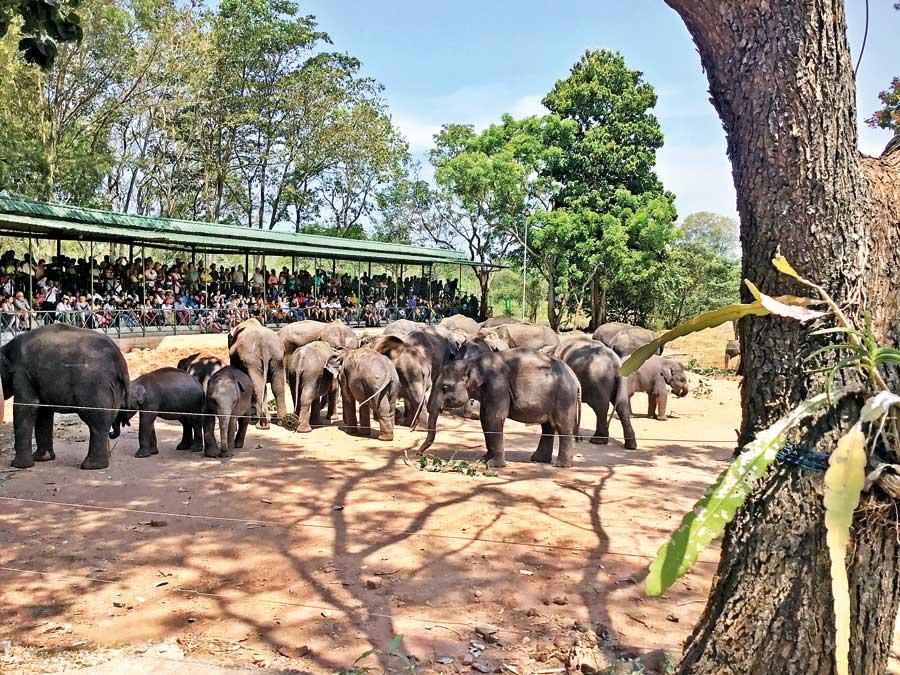
Spectators witnessing another busy feeding hour at the Uda Walawe ETH
Pix courtesy: Dilmah Conservation
Elephant skeletal remains, a grim reminder of the ever- present threat to their survival
As the clock struck 10.15 am, groups of visitors had already taken their positions at the pavilion. Filled with loud chatter and laughter, they were checking their watches in anticipation for the much ‘look forward to’ event to begin at any moment.
the pavilion. Filled with loud chatter and laughter, they were checking their watches in anticipation for the much ‘look forward to’ event to begin at any moment.
By about 10.28 am, the ‘players’ were making their way towards the ground. But this time, the players were indeed show-stoppers. They were tiny but playful. Certainly not kids, but childlike. And as the gates opened, the tiny creatures were racing up to get their second quota of milk for the day. We were witnessing another typical feeding hour at the Uda Walawe Elephant Transit Home (ETH).
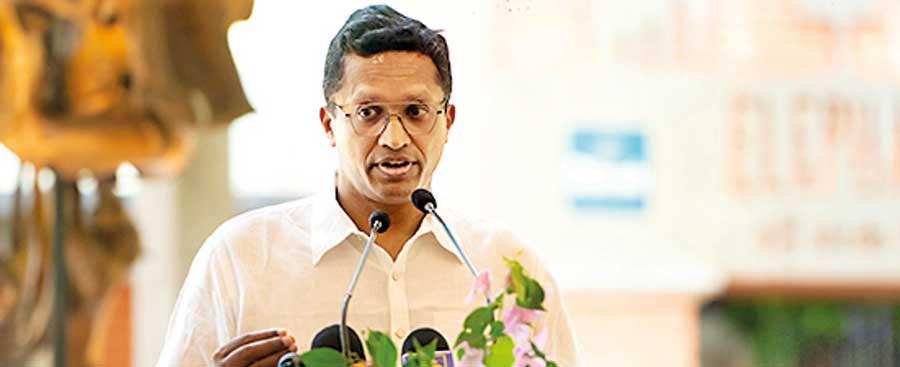
Elephants are very important. They are ecosystem engineers, keystone species, charismatic and beautiful animals. But today it is more about nature and what we need to understand is that in our value-driven economy, we sometimes marginalize some of the most important things such as land, water and animals
-Dilhan C. Fernando
A refuge for elephant calves
The Uda Walawe ETH was set up to rehabilitate elephants that were orphaned due to various reasons including the Human-Elephant Conflict. At the ETH, elephant calves have very little contact with humans which is vital to boost their chances of survival in the wild. Here, human interaction is only limited to feeding hours. The calves are being fed every three hours with infant milk but also encouraged to develop natural foraging habits including grazing.
An occasional trumpeting indicated that some calves were protesting for more milk. The keepers and the staff have dedicated their time and effort to discipline the one or two mischievous calves. “It costs around Rs. 250,000 per day to provide milk for these elephants,” said Dr. Malaka Abeywardena, Officer-in-Charge at the Uda Walawe ETH.
“They are being fed around six times a day. But one of the challenges that we face is when we reintroduce them to the wild. There are threats in each national park as they are isolated areas. One of the biggest threats they face is the new environment.
Since they have habituated themselves with humans they tend to move towards human settlements. We don’t have a better environment to release them.”
The Uda Walawe ETH is currently home to a herd of 58 elephants and each one of them is being well looked after. “We treat calves which are below seven years of age. We cannot treat elephants older than that as we have limited facilities. But even amidst financial and other challenges we hope to do our best to conserve elephants in the country,” Dr. Abeywardena added.
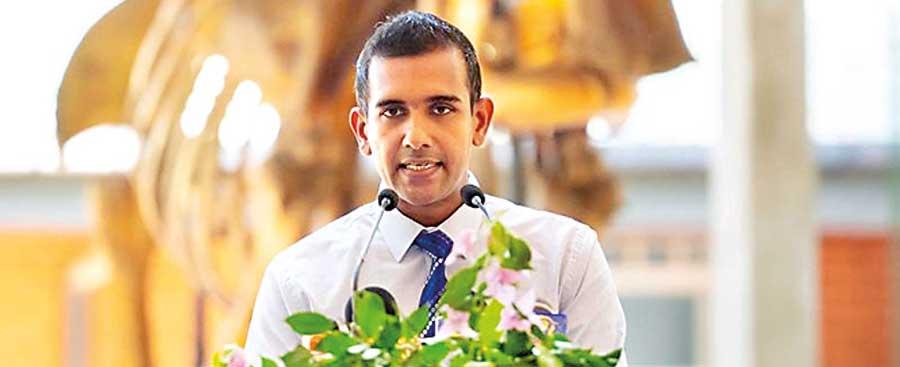
“It costs around Rs. 250,000 per day to provide milk for these elephants,”
- Dr. Malaka Abeywardena
Inauguration of ‘Elephant Knowledge Walk’
In a bid to spread more awareness among visitors to the Uda Walawe ETH, Dilmah Conservation in collaboration with the Department of Wildlife Conservation renovated the ‘Elephant Knowledge Walk’ to educate local and international visitors on why the Asian elephant needs to be protected. Apart from that a souvenir shop was also opened to support local communities.
Chairman, Dilmah Ceylon Tea Company PLC Dilhan C. Fernando addressing the gathering at the launch said that elephants are very important. They are ecosystem engineers, keystone species, charismatic and beautiful animals. But today it is more about nature and what we need to understand is that in our value-driven economy, we sometimes marginalize some of the most important things such as land, water and animals. Elephants are part of the ecosystem that keeps us alive. What is important is to understand the reality. While we have built an economy that has an unconscious bias against nature, we also need to realize the value of elephants and a lot of their species. The nearest estimate is that in a lifetime a single elephant can add around USD 1.6 million to the economy. This is in terms of tourism, benefits of restoration of ecosystems and so on. The reason why Dilmah got involved here is that my father established the business and we recognized that with tea we have an enduring connection with nature. In order to ensure that we interact sustainably with nature it is as important as the work we do in selling our tea. Today we’re here to honor that association. There are unborn generations who can’t think. What we do today will decide whether they have sustainable lives or lives of unspeakable hardships with the collapse of ecosystem services. It’s about nature, life, civilization and the future.”
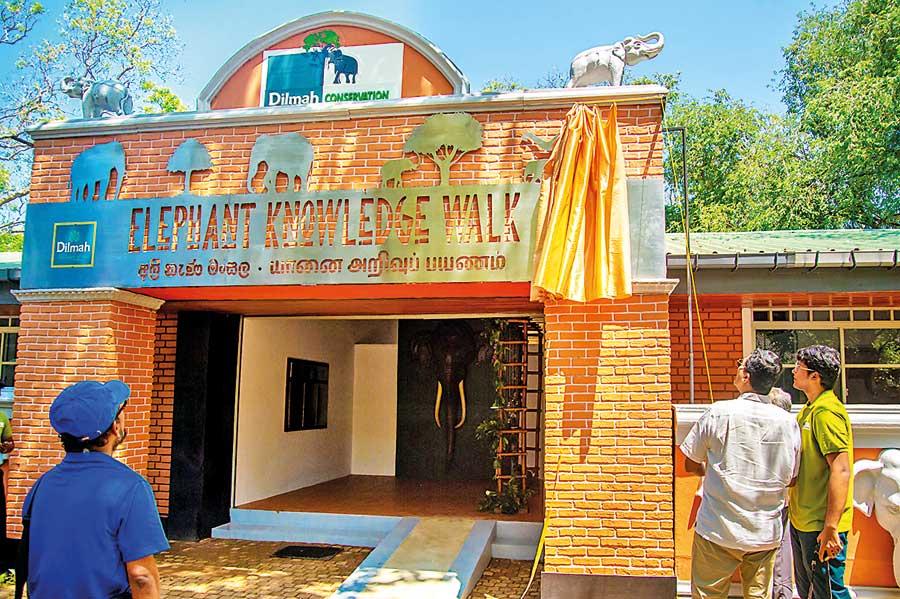
Opening of Elephant Knowledge Walk
Biodiversity conservation as a development priority
“We in Sri Lanka always look at development to be the priority of this country,” said senior elephant researcher and former Director General at the Department of Wildlife Conservation Dr. Sumith Pilapitiya. “But this development should be sustainable. If development is not sustainable we have not achieved anything. We have to study what makes development sustainable. This is where Sri Lanka is failing. For development, there’s what is called ecosystem services necessary for development. These include services such as the availability of water, good weather, fertile soil, carbon sequestration and so on. Without these services there cannot be any kind of development because development has its own basic needs. So how do we ensure that we have enough ecosystem services for sustainable development? Studies done worldwide have shown a direct linkage between ecosystem services and development.
The more ecosystem services that natural ecosystem services can produce, the greater the potential for development in that country. But the greater the biodiversity in that ecosystem, the greater the ecosystem services; which means greater the possibility for development. Therefore most countries talk about biodiversity conservation as a conservation priority of the country. But it shouldn’t be a conservation goal but a development goal. If you don’t conserve biodiversity you will not have adequate ecosystem services and there will be no space left for development. Therefore the government should make biodiversity conservation a development priority. But if we look at how we are conserving biodiversity I’m very sorry to say that the scorecard doesn’t look very good.”
He further said that according to the IUCN Red List, 33% of Sri Lanka’s inland vertebrate species are highly endangered while 2/3rds of our flora are endangered. “One in 12 species are under severe threat of extinction.

We have to study what makes development sustainable. This is where Sri Lanka is failing. For development, there’s what is called ecosystem services necessary for development
- Dr. Sumith Pilapitiya
Experts say that unless Sri Lanka reverses this trend these species will become extinct. This is the 2007 Red List data and we haven’t done anything from 2007 to today to reverse this trend. So we are in a serious position and we in Sri Lanka are proud to say that Sri Lanka has the highest biodiversity per unit area in South Asia which is true and we are also proud to say that it is a hotspot. I think we should be ashamed to say it is a hotspot because if it is a hotspot that means our biodiversity is under severe threat. Therefore it is nothing to crow about. I feel our long-term development is under serious threat unless we start paying attention to these issues. If you look at our ecosystem, one of the critical aspects of the ecosystem is the elephant.
The elephant is a flagship species. It’s a keystone species and an elephant is known as an ecosystem engineer because an elephant’s presence in an ecosystem balances that ecosystem’s development. Conserving elephants in Sri Lanka is one of the greatest challenges that we face. Unfortunately, the HEC is threatening the future of elephants in this country and it is a serious problem for humans too. The only way I could see the HEC easing in this country is when people particularly those in areas and sharing landscapes with elephants consider the giants as economic benefits. At this point, an elephant is only an economic liability to people living in areas in the presence of elephants.”
Dr. Pilapitiya suggested that one way of making elephants an economic benefit to the people is community-based elephant viewing tourism where communities will be able to start making money from elephants.
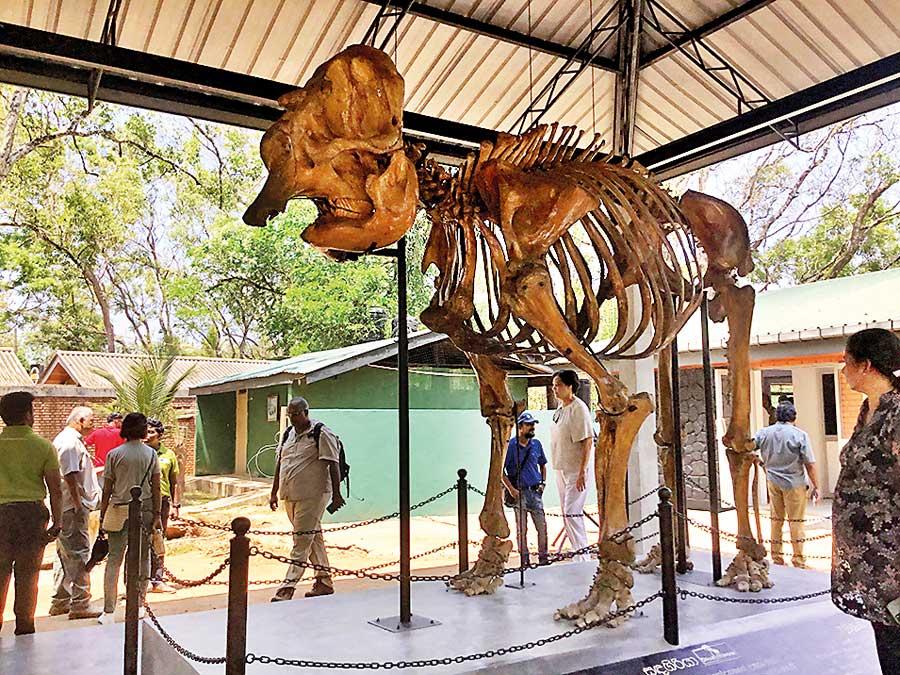
The skeletal frame of Sandagiriya bears testament to the aggravating HEC in the area
Protecting the Asian elephant
As the ribbons were cut and the oil lamps were lit on a ceremonial note, we took a tour around the Elephant Knowledge Walk. From the evolution of an elephant to its life cycle, behaviours, breeding patterns, relationships, communication systems, threats and challenges, myths and beliefs, the anatomy of an elephant to the work done at the ETH, visitors can get a broader insight as to why the Asian elephant particularly needs to be protected.
The information is presented in a trilingual format for any visitor to understand the importance of protecting elephants without any language barrier.
As you walk out you will be greeted by the dominating skeletal frame of Sandagiriya, an elephant that used to live around the Northern boundary of the Uda Walawe National Park. Its skeletal frame stands as a reminder to the aggravating HEC in the area. As it had developed a habit of wandering into the farmlands, the elephant had been shot several times. Even though it had received treatment on numerous occasions Sandagiriya had succumbed to an infection caused by a gunshot wound. Such is the plight of many elephants who wander into human settlements in search of food. If nothing is being done about the ever-aggravating HEC, in time to come, people will be witnessing more skeletal frames of elephants that will be preserved to remind future generations of the treasures Sri Lanka lost.
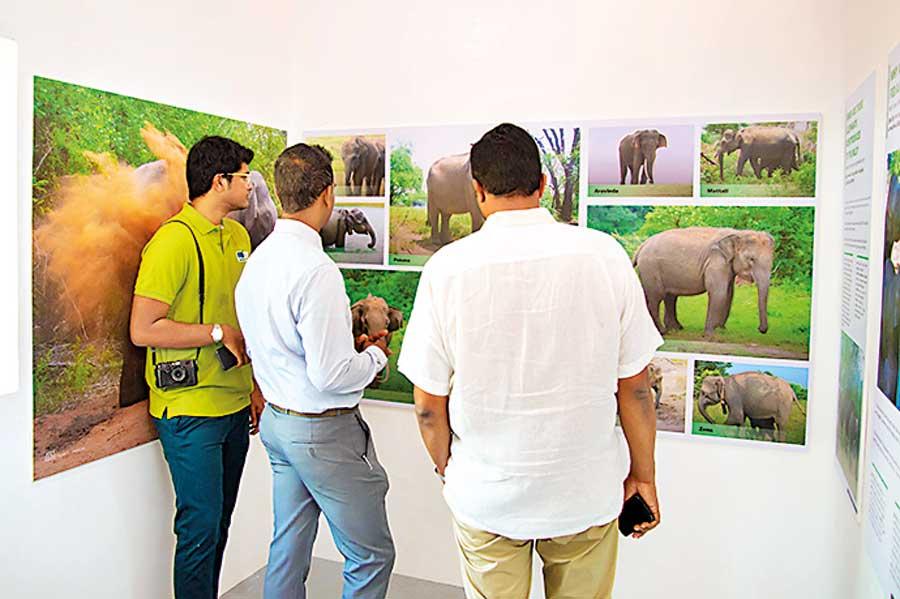

Add comment
Comments will be edited (grammar, spelling and slang) and authorized at the discretion of Daily Mirror online. The website also has the right not to publish selected comments.
Reply To:
Name - Reply Comment
US authorities are currently reviewing the manifest of every cargo aboard MV
On March 26, a couple arriving from Thailand was arrested with 88 live animal
According to villagers from Naula-Moragolla out of 105 families 80 can afford
Is the situation in Sri Lanka so grim that locals harbour hope that they coul

26 Apr 2024
26 Apr 2024